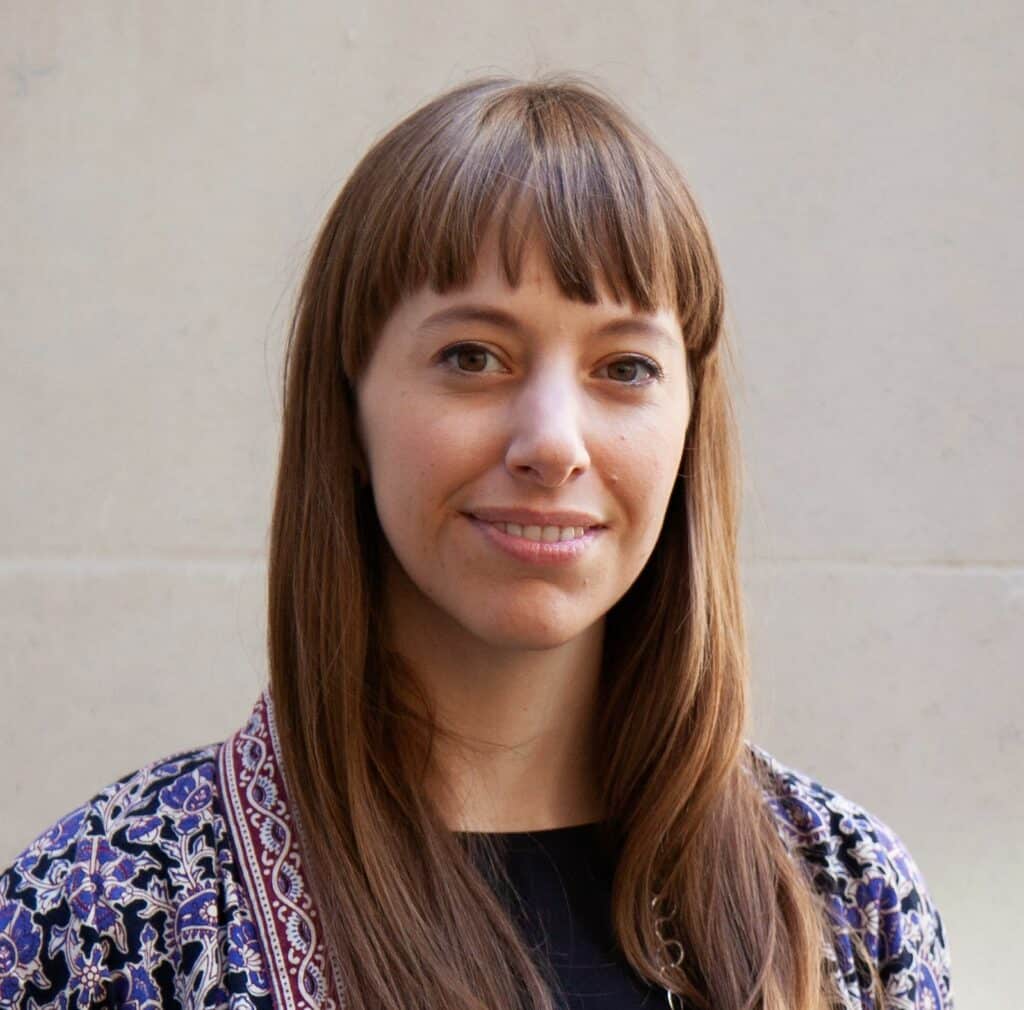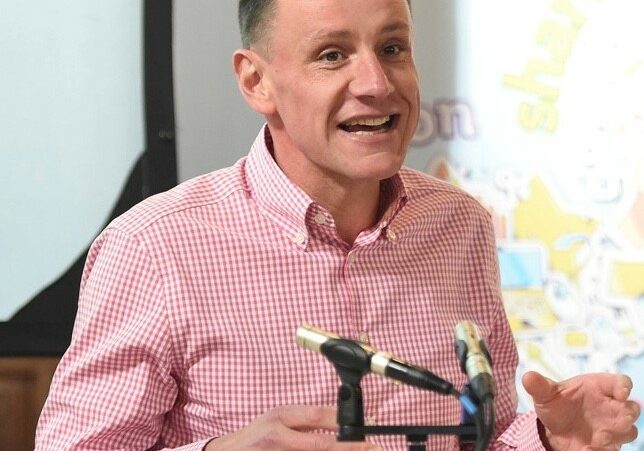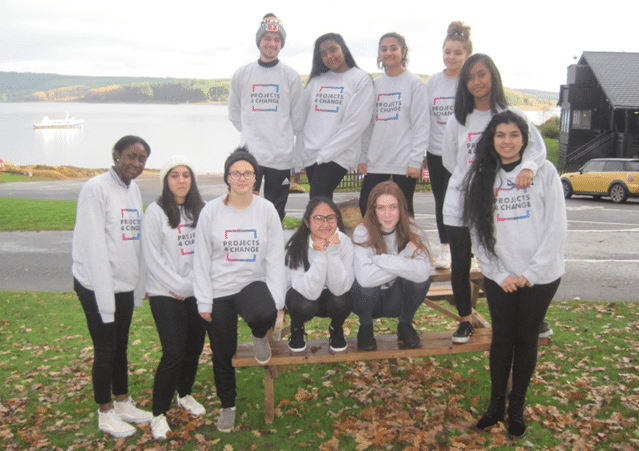
The good, the bad and the future
Learning from Lockdown blog series
The last seven months have been a chaotic, yet organised blur for many of us in the grant-making sector. We’ve had to adapt to working from home, make the most of zoom meetings, and manage unfamiliar anxieties. However, our experiences at the Goldsmiths’ Company Charity have reinforced that we have the skills, people and tools to adapt at speed – provided we have a clear purpose and aim. This will be crucial as we think about our priorities over the next few years.
What lessons have we learnt during Covid-19 in relation to our grant-making at the Goldsmiths’ Company Charity?
‘Our response to the pandemic served to accelerate the shift to an operational and grant-making model based on trust, a clearer understanding of need, collaboration and flexibility – principles I will be hanging on to.’
However, I hope we can move on from the necessarily transactional nature which comes from making emergency grants to 475 small business owners over a period of three weeks.
Our community response
Despite the anticipated financial knock to our endowment, the Directors of the Charity agreed to release £1m to set up an emergency fund: the Goldsmiths’ Covid-19 Fund. Our average annual grant-making spend is around £3.75m – so this represented a significant and necessary pivot to a rapidly identified area of need: support for individuals working in the jewellery, silversmithing and allied industries to help them through a period of hardship (with a turnover of less than £49k).
We awarded over £700,000 to 475 small business owners across three rounds of funding over three weeks. There was no need for applicants to be affiliated with the Goldsmiths’ Company (a membership organisation and Livery Company) to be eligible for support. This extended the Charity’s reach to a community that had suddenly been placed in a very precarious situation – with no access to workshops, cancellation of selling fairs and exhibitions, and an inability to source or pay for materials to make new work. On top of that, they were not due any government support for months. We tried as best as we could to fill a gap under the pressure of time.
How did we do it?
There are a few different parts in the Goldsmiths’ ‘Family’. The many and varied skills of staff from across the Goldsmiths’ Company family, including the Goldsmiths’ Company Charity (an independent foundation set up by the Company in the 1960s) and The Goldsmiths’ Centre (an educational charity and event space set up by the Company in 2012 through which support for the Trade is channelled) combined to deliver the fund. A Steering Group was set up to oversee and govern the process.
‘Everyone involved in this, from the Comms team to the Finance team, had a key role to play – and we were united by a clear vision. We had never worked so closely, intensively or in such a timebound way before. It was not without pressure and undoubtedly was not perfect – but we were able to provide people with tangible support in their hour of need.’
A tale of two sides
Our grant-making is based, on the one hand, on our longstanding connection to the trade of goldsmithing, silversmithing and the allied trades – specifically through training, the provision of platforms and selling opportunities, and running an apprenticeship scheme (which has been the cornerstone of our offer for centuries). On the other hand, our ‘wider charitable partnerships’ encompass our support for: young people through educational programmes; funding for charities working in and beyond the criminal justice system; and an ageing population.
One issue which was made more apparent by the crisis was that these two ‘sides’ of our grant-making had not necessarily complemented each other.
‘How can we combine our knowledge, assets and partnerships to create a holistic strategy that is clearer, more focused and stronger – moving away from the siloed working which had become the norm?’
Our purpose and future
When the Goldsmiths’ Company received its Royal Charter in 1327 it was very focused on the craft and trade it was set up to support (goldsmiths) and members of the Company – particularly when times got hard. Today, The Goldsmiths’ purpose is to contribute towards national life by supporting craftspeople, protecting consumers through the Goldsmiths’ Company Assay Office, and to work with charity partners to help people improve their lives.
Whilst we were incredibly busy with our emergency response focused on our trade, we tried as much as we could to maintain contact with our charity partners. We have just signed, for the second time, the ‘We Stand With The Sector’ pledge and we’ve been inspired by how organisations have been adapting – despite dramatic drops in income, increase in demand, the huge mental strain on staff and tight restrictions they’ve been placed under. The knowledge we have accumulated over the past few years through our relationships with charity partners has heightened our awareness of the issues faced by the communities we ultimately seek to serve, with structural inequalities only exacerbated by the pandemic. This learning should serve not only to bring a wider social consciousness to our work supporting craftspeople, but also to support our trade to have a sustainable future.
‘We know there are very difficult times ahead for the charities we support, the communities we serve and craftspeople in our trade. By combining our strengths and having a clear vision we will be better placed to support them now and in the longer term – standing by our communities, both in and out of the trade.’
You can read other blogs in our series about learning from funding during Covid-19 here.
If you are interested in joining our Evaluation Roundtable Community of Practice for learning and evaluation staff in UK trusts and foundations, please email vanessa@ivar.org.uk.


